Surfing in Europe is very different to surfing anywhere else in the world.
There are hundreds of surf spots along the Atlantic Coast and most of them are beach breaks.
The different countries and cultures that you come across make surfing in Europe so unique.
In Europe, a ten minute drive across the border means you are entering a whole new world.
Different food styles, a new language, varying house designs and many more things hit you like a truck.
It’s all very exciting, but it’s best to know what you are looking for and where to find it before doing a surf trip through Europe.
Are you looking to party a lot and surf a little? Do you want to surf empty line-ups all day?
Do you like heavy slabs or want mellow waves?
The list of questions goes on an on. I’m going to give you a little insight on the most important facts about the different regions in this article.
If you need more input, please feel free to shoot me a message and I’ll be happy to give you further advice.
Surf Area #1 – Cornwall / South-West England
This region is not even on the list of many European surfers.
Many people automatically think of grey skies and rainy days whenever they hear the word “England.”
This may partially true for the London area, but make no mistake – the South West of England is stunningly beautiful and offers some great surf.
Green fields and cliffs, quite a bit of sunshine, and a few palm trees here and there will make your stay worth the while.
Even the food is great, you’ll get some of the best lamb dishes you’ve ever had!

The most famous surf spot in Cornwall is probably Fistral in Newquay.
It’s a pretty beach with a nice scenery as green cliffs embrace the whole beach area.
There are always surfers in the water and it can get crowded from time to time.
Good thing it’s super easy to drive around in the surrounding area and find a dozen other surf spots with excellent surf.
For example, you might want to try out Perranporth.
When to go?
Try out Cornwall and Devon in late spring, just before summer.
There won’t be many people around, so you’ll probably share most peaks with only a few other fellow surfers or even have surf spots completely to yourself.
The waves will have a decent size, but tend to be mellow. Definitely super rippable, though.
And don’t forget your wetsuit. The weather will be quite nice, however, the water is super cold.
If you only like surf in warm waters, try this area in September and October, when the wind starts blowing offshore.
Expect more surfers to be around during this time of year.
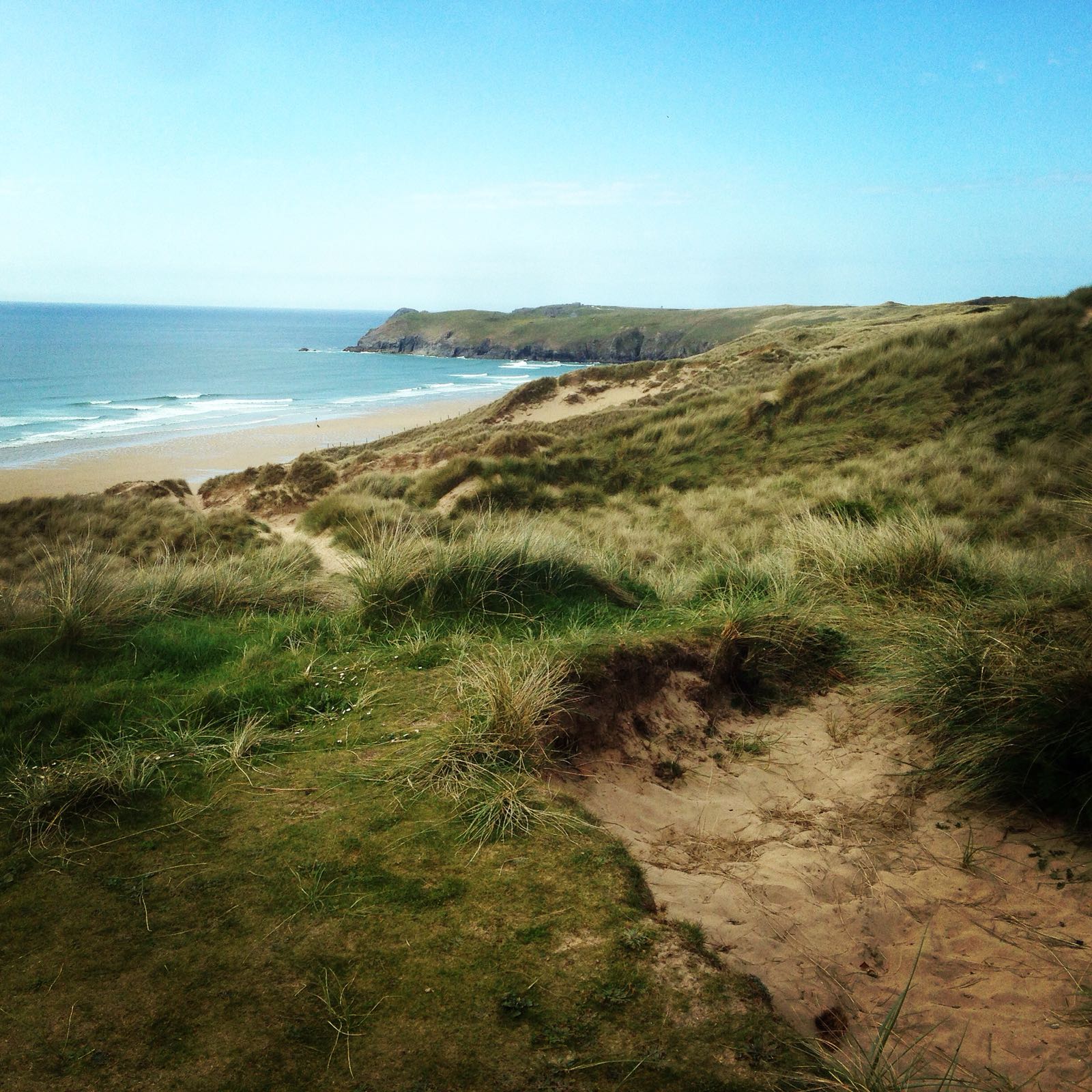
Surf Area #2 – Les Landes / South-West France
Well, this is a difficult one.
The surf in this marvelous part of France is a cruel jerk.
It can offer you the highest of emotions in one second, just to let you down in the next second.
It’s hard to find perfect conditions. Good surf in France acts like bank robbers – hit’n’run.
Really, having a good surf can be a matter of 30 minutes and you should never hesitate to jump in and surf once you see a good wave breaking.
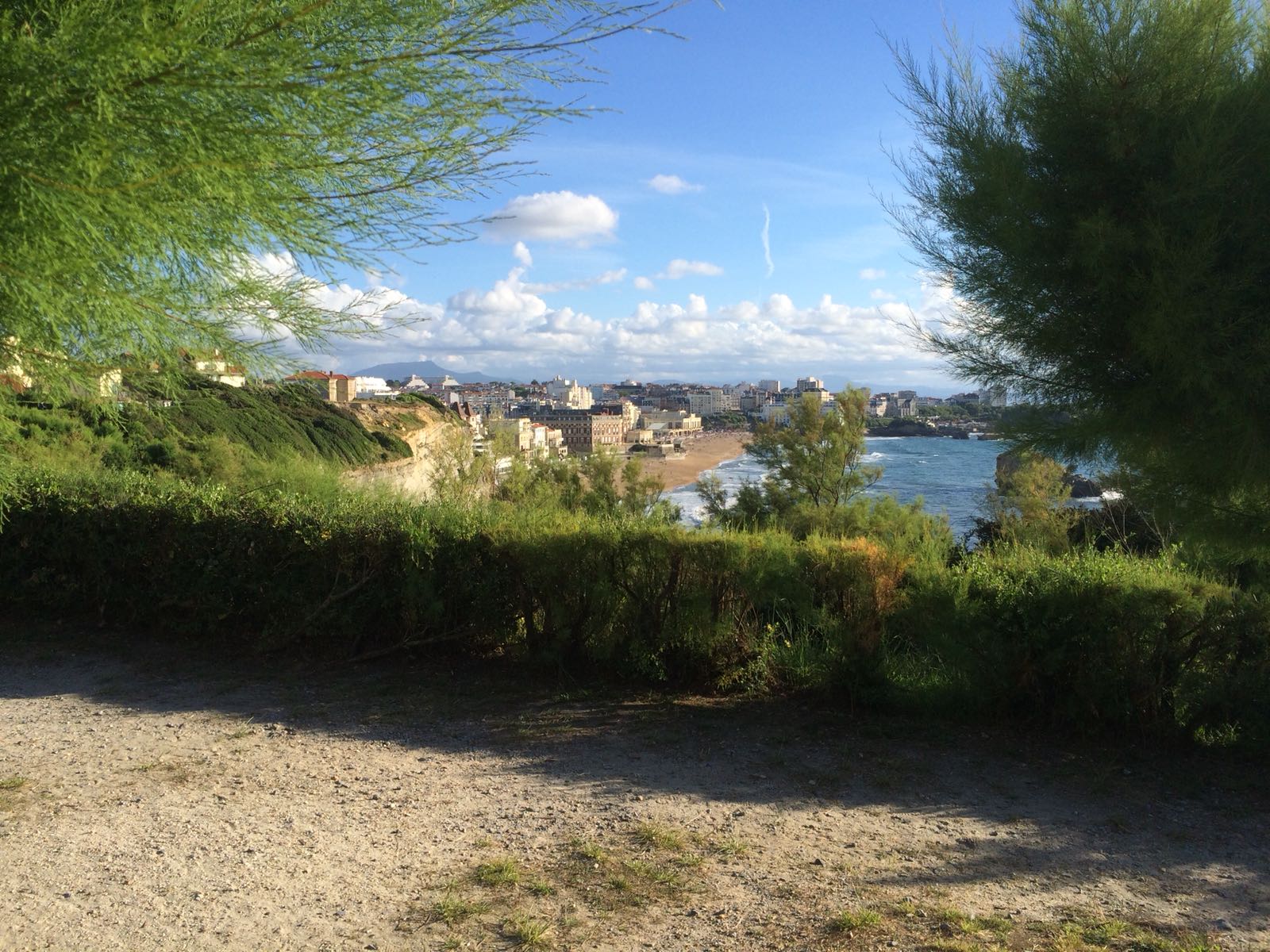
Here are a few rules you should stick to when going surfing in France:
- Don’t trust surf forecasts. Don’t trust opinions of other people. Go check out the surf yourself. Everyday.
- To increase chances of having a good surf, you should always go for a dawn patrol. In the mornings, the country side hasn’t heated up from the sun and doesn’t cause onshore winds yet. Now all you have to figure out is the right tide for your local sand banks.
- If you see good surf, get in as soon as possible. The ever-changing tide can mess up your surf within 30 minutes. The sand banks are super sensitive in France, since there is a lot of water moving around on the long coast.
In general, the surf in France tends to be heavier, a lot of water is moving around and you’ll have paddle a lot to fight against the steady current.
It’s not easy to stay in position.
That being said, there are usually several peaks along the beach, so it’s not too bad if you start drifting away.
When to go?
If you are around 18 – 25 years old (or a young soul), you should definitely check out Moliets and Vieux-Boucau during summer.
The extremely entertaining surf camp culture is very present in those two towns and there is a lot of partying.
It’s like a festival in the middle of pine woods, going on from June until September.
The surf is pretty average and sometimes even flat for a few days, but weather will mostly be very good and there is so much other stuff to do during those months of the year.

If you are looking to score some heavy barrels, you should best go in September and October.
The surfing level during this time is extremely high, so everybody knows and respects the unwritten rules of surfing (opposed to summer time).
However, it can be quite competitive and you’ll have to hustle the line-up a little bit.
Surf Area #3 – Cantabria / Northern Spain
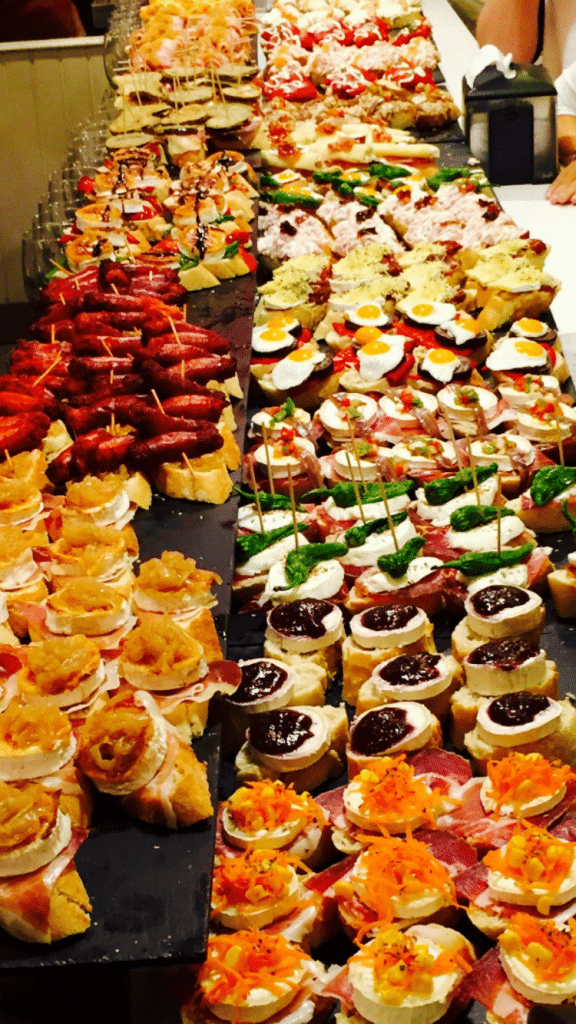
In general, the North of Spain is more quiet and less touristy than France.
I’m sure once you get there, the incredible beauty of the landscape will leave you speechless.
Mountains fall straight into the water, ancient caves can be found everywhere and many bays offer wind protected surf.
The cities along the Northern coast are elegant and offer excellent food and good prices.
It’s a very culture rich part of the country and you’ll come across many people who make a pilgrimage along the world famous Camino de Santiago / Way of St. James.
When to go?
To score the best surf, you should probably go in spring or around fall.
However, there is also good surf to be found during summer.
I’d recommend to do a summer trip, starting in famous San Sebastián, where you can surf a very nice city beach break (crowded) and go out for amazing food and cheap drinks.
It’s a very lively city with lots of young people.
After about a week, you will have seen all there is to see and can continue your trip along the coast, where the landscape starts getting crazy fascinating.
My favorite stop along the coast is Zarautz, where you can camp up really high on a green cliff.
From up there, a lot of stairs lead down to a beach with good surfing conditions.
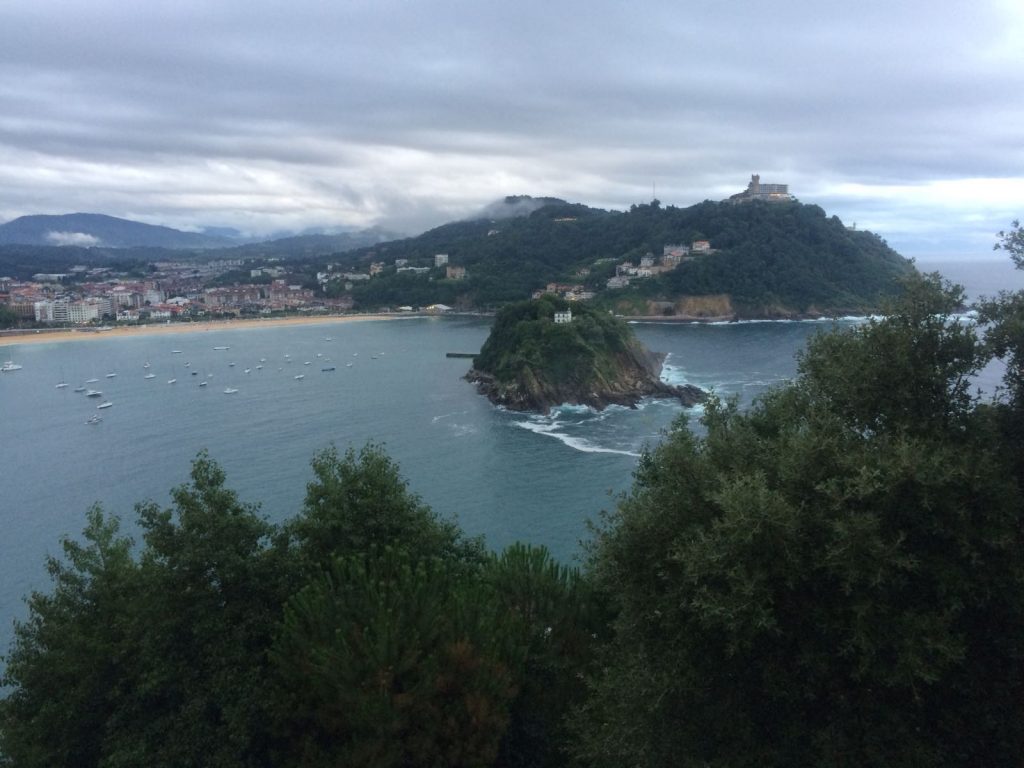
Surfing Area #4 – Cádiz / Southern Spain
Andalucía, or more specifically Cádiz, is the hidden gem of Europe’s surf.
Again, not many people have Cádiz on their list.
Cádizfornia is the sunshine state of Europe, where everyone is happy and loves to share a good laugh.
And a good beer. And good food.
Don’t get me started on the food in Southern Spain, though.
In my opinion, Cádiz has THE best cuisine in the whole wide world and I simply love the food culture down there.
You’ll get tapas like nowhere else. And we are not talking dates wrapped in bacon here.
Basically, you’ll get a proper dish, just in smaller portions and you share it with your friends.
The chefs of the restaurants make up their very own recipes and every restaurant offers a unique experience and dishes you’ve never tried before.
I’ve never seen anything like it.
To make the whole experience perfect, food and drinks in restaurants are incredibly cheap!
You won’t believe how ridiculously cheap it is, trust me.
If you want some good tips on where to find truly mind-blowing food in Cádiz, get in touch with me!
To wrap it up – Cádiz is definitely for those who enjoy good food, good wine, cheap beer, a lot of sunshine and a very outgoing culture.
But what about the waves?

When to go?
If you are into partying, just like in France, you should go during summer time.
Good weather is guaranteed and there will be nice waves for beginners.
There is a small beach town called El Palmar, where you will also find a summer surf camp culture and everything is about having a good time.
If you want to hunt down good waves, you should go to El Palmar after summer.
The water will be warm and you will mostly find pumping conditions from October – April.
If you like a mix of culture, socializing, eating insanely good food, and surfing, you might want to try out the city of Cádiz.
The oldest city of Europe offers two beach breaks, which produce average to good surf during the mentioned period.
Also, El Palmar is just a 20 minute drive far away, where the surf is always double the size.
I, personally, would avoid January and most of February, though, as the weather can get “nasty“.
Meaning you might have to wear a hoodie and accept that it rains from time to time.

Surfing Area #5 – Canary Islands / Spanish Islands
After talking about Europe’s California, I’m going to mention Europe’s Hawaii.
The Canary Islands can be found a few miles off the shore of West Africa and produce some of the best surf in Europe.
The Canary Islands are a popular destination for Europeans who want to escape the cold fingers of winter.
Due to its proximity to the Equator, you’ll always get perfect weather there.
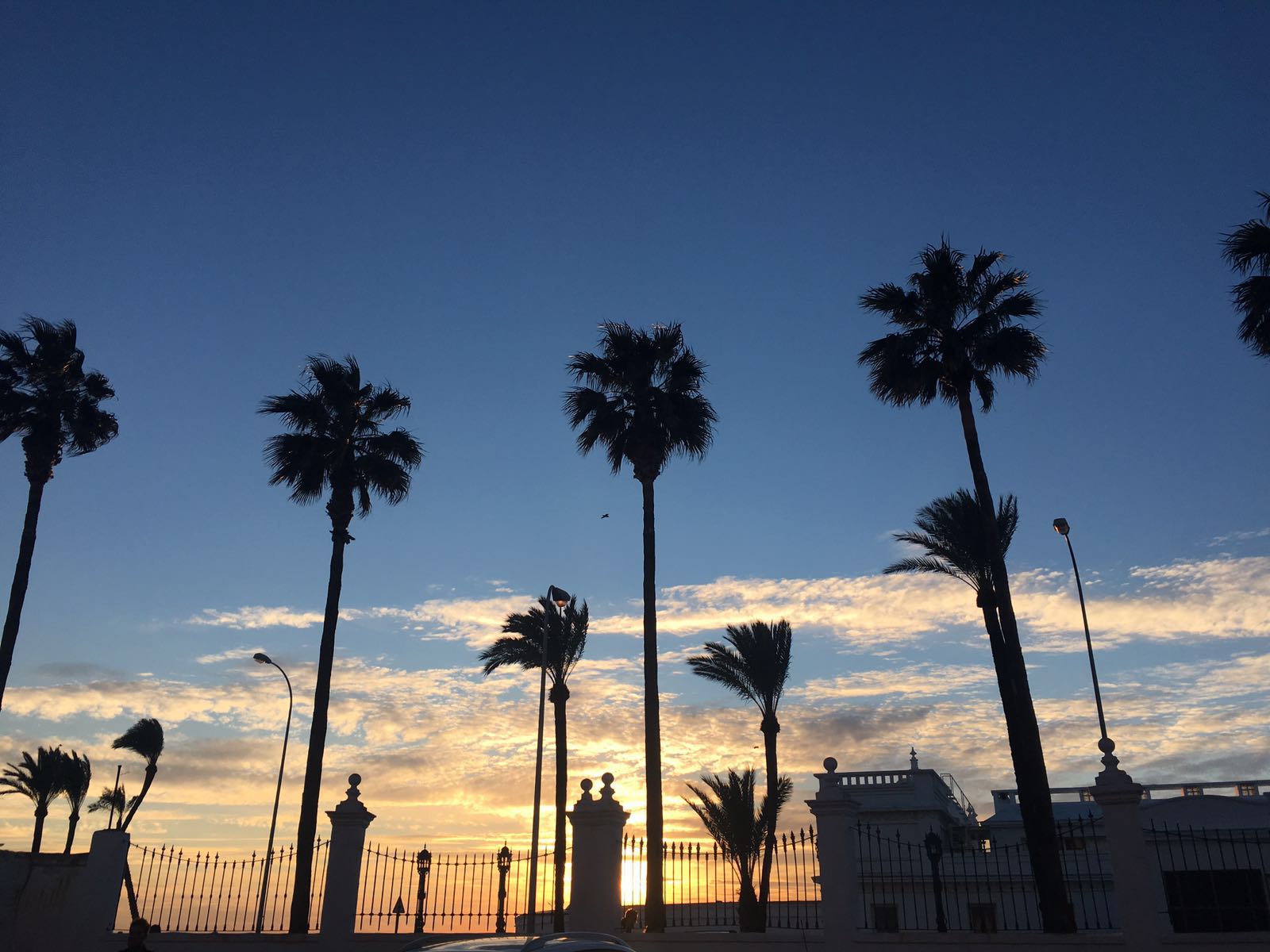
The different islands are famous for different things.
Some are famous for good surf and others are famous for being a popular retreat for elderly people.
But let’s focus on the best surf, which can be found in Tenerife and Fuerteventura.
Tenerife is super green and is home to a giant volcano called Mount Teíde.
The 12,000 feet high volcano is the cause for a unique flora and ensures that the island stays green.
The island is stuffed with surf spots – from normal beach breaks up to shallow reefs and even big wave surf surfing.
The scenery in Fuerteventura is way less fascinating, more rocky and desert-like.
However, the island makes up for it with some pristine surfing conditions.
Especially the North of the island is simply amazing for surfers of all skill levels.
Mellow point breaks for beginners, hollow reef breaks for advanced surfers. And no crowds.
In the North of Fuerteventura, you’ll be able to go from West to East or North within 20 minutes.
That means you’ll almost always be able to surf offshore winds if you do the maths right.
The two islands both offer a very laid back atmosphere and especially in Fuerteventura laws seem to have less weight, which is why it attracts quite a few Hippies and people who live an alternative lifestyle.
When to go?
In the Canary Islands, there is surf all year round.
But you might want to avoid summer, since it’s going to be windy and packed with tourists.
Thus, the best time would be to go between late fall and end of spring.
Surfing Area #6 – Portugal
Portugal is famous for having extremely good surf.
The country has a strong surfing culture and almost every local here surfs really well.
Portugal is packed with surf spots and people maintain a very relaxed lifestyle.
The weather is much better than in other parts of Europe and, along with Spain, it belongs to the cheapest countries of Europe.
During summer, it’s a popular destination for families as the nature is beautiful and there are many things to do. Summer also attracts a lot of party people.
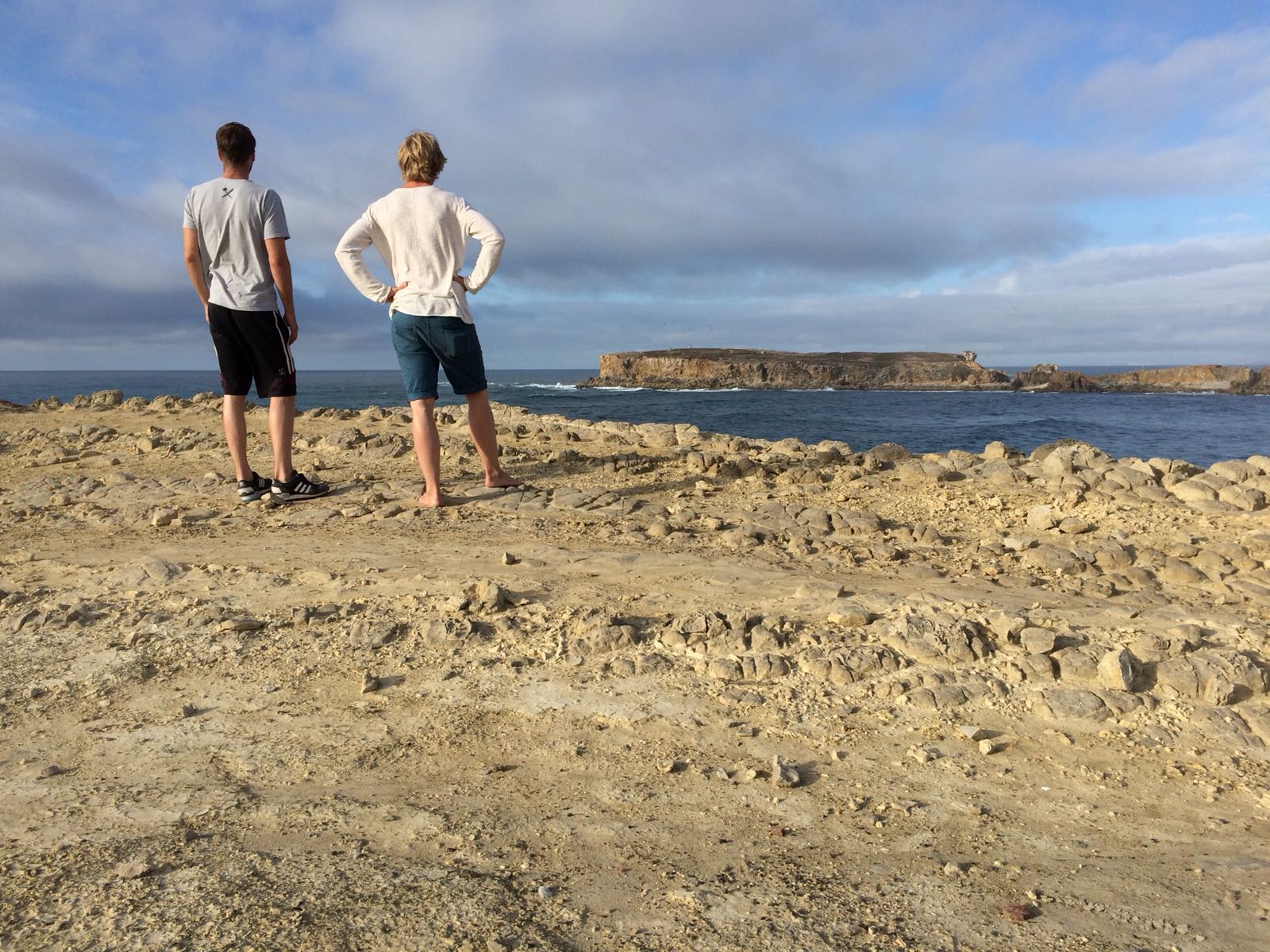
My favorite surf spots are the area of Peniche and Ericeira.
The shape of Peniche allows the ocean to consistently produce surf with offshore conditions somewhere around the area.
This is also why the World Surf League is hosting events here year after year.
Ericeira can be found close to Lisbon and the atmosphere is somewhat similar to Bali.
Numerous chic shops opened up over the past years and you tap into a very hip scene.
It’s proximity to Lisbon allows you to do day trips and have a night out in Portugal’s stunning capital city.
When to go?
Same as in Spain or France, during summer it is very crowded in Portugal and the surf is only average.
You can definitely have a good time during summer, though!
If you are all about surfing, you should go in spring or fall.
All images in this article are courtesy of Gerrit Kesten
